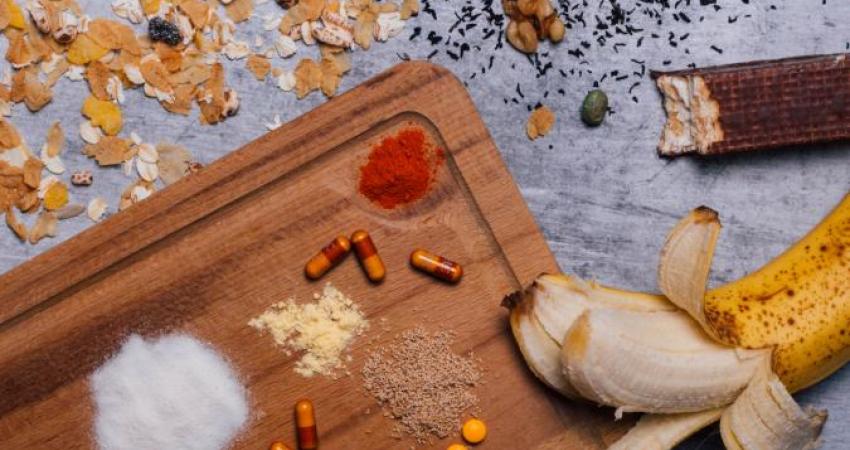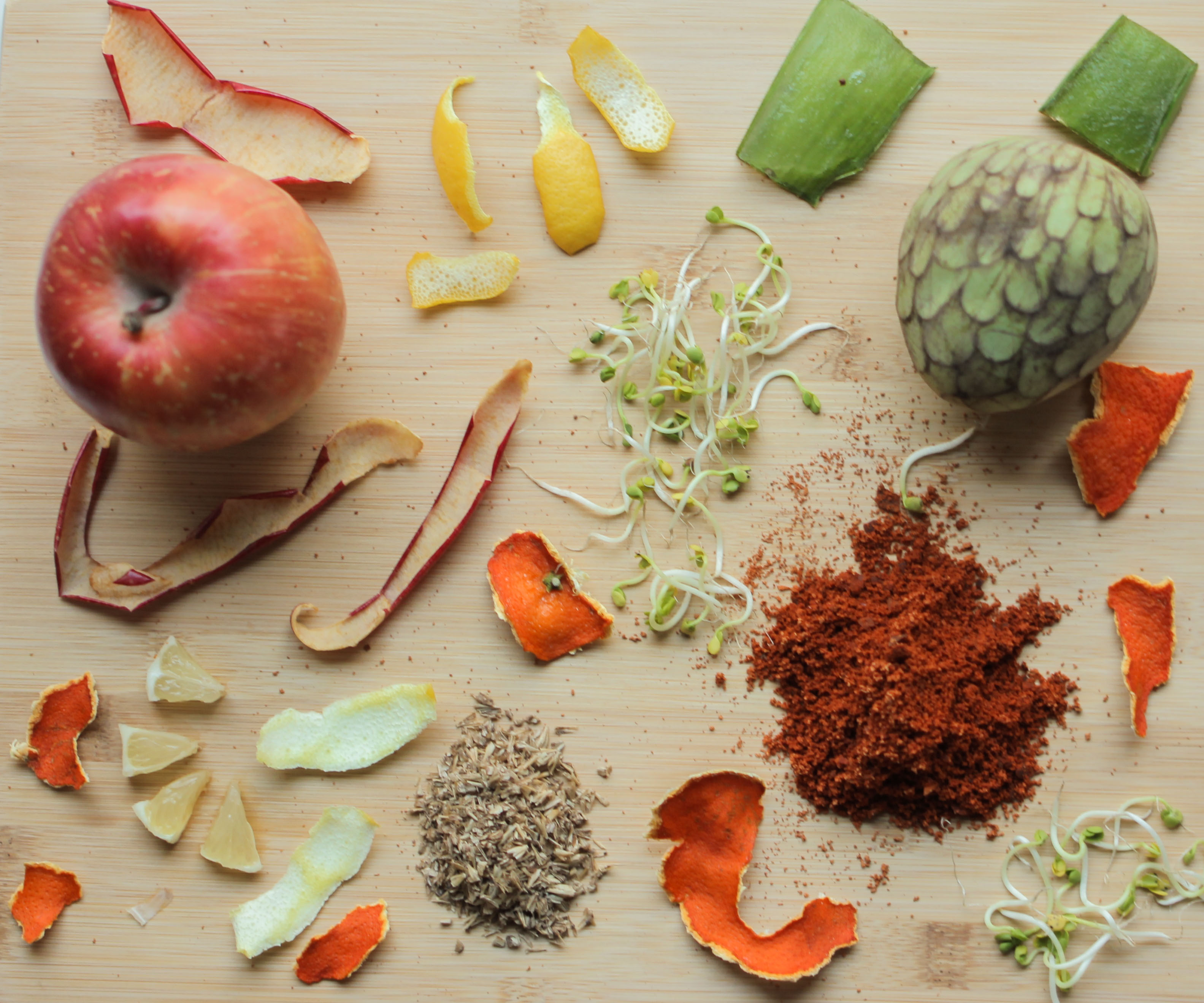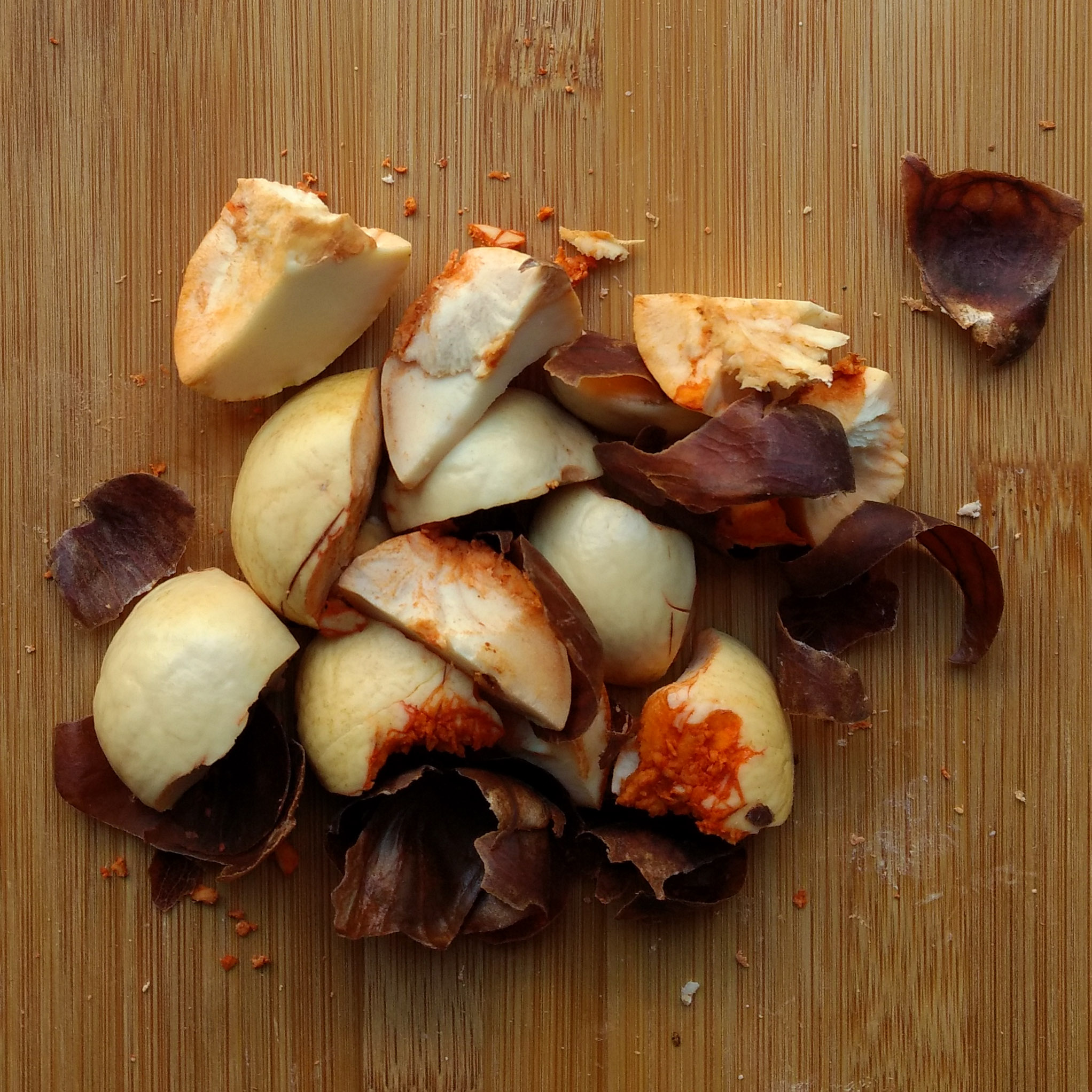The Kitchenette of Future Dust

the Kitchenette of Future Dust
As the dining and food culture is the reflection of regions, from weather to geographic location, and the life values to the social atmosphere, they all show on the meals you put on dinner plates. Due to the unique historical background, Taiwanese food culture is a massive fusion of different countries, including China, Japan, United State, Vietnam, etc. The cultural diversity of cooking provides various methods that could be inspirations for avoiding the waste of materials. Also, convenience is one of the crucial values in Taiwanese dining culture. In order to persevere ingredients and materials under Taiwanese subtropical climate, dehydration and fermentation are commonly used techniques in the current food processing industry.
Therefore, the notion of the project ‘The Kitchenette of Future Dust’ is to design and create a powdery food system by applying the dehydrated technique to deform the nutritious kitchen waste, such as shrimp shells and fruit peels, into food powder. As applying methods like 3D printer and the traditional cooking methods, reforming the food powder into food appearance like Asian Konjac jelly, noodles, etc. The powdery form of ingredients is not only readily measure and customize the nutritional needs of individuals, but also easy for storage and transportation.
By participating in the project, you could apply the imagination to creatively reform the food appearance and arrange the taste of combinations by surprise. The powdery form itself is flexible as a type of creative materials for cooking, inspires individuals from various cultural backgrounds to reevaluate the current methodology of dining and eating, in order to develop an innovative way of eating for the future generation.
Equipo
Timeline
Agar-Agar Spaghettis

Make your favourite liquid preparation out of your favourite ingredients and flavour pairings. If the preparation is very lumpy you can strain it. Add the Agar-Agar to the mix, a suggestion for working this preparation is around 7-10g of Agar Agar every 300 ml of solution. Bring it to a boil (aprox. 85ºC). The texture of the agar agar is known for intensifying aromas in the mouth, but heat can change the flavour of some preparations, that’s why you should avoid excess boiling and stop the heating as soon as it begins to boil.
Use a syringe to insert the preparation into a long silicone tube (this are found in any molecular cuisine toolkit). A solid gel will be formed when the agar preparation colds up below 37ºC, you can submerge the tube into hot water to speed the process. With the same syringe inject air into the tube and the spaghettis will come out.
You can eat the spaghettis cold or submerge them into warm water (not above 37ºC) for serving them warm.
- Log in to post comments

Today we started experimenting with the Dehydrator. We are using the dehydrator at medium heat (50ºC) so the ingredients don’t lose as many nutrients and also we get the powder in a reasonable amount of time.


We separated our experiments into 3 categories: Capas de Sabor, Deshidratación de ingredientes, Polvo de semillas. In Capas de Sabor, we separated several fruits into layers and started dehydrating several fruits to experiment with each flavour, the first fruits we choose to dehydrate are Lemon, Apple and Chirimoya. We separated the rind, the peel and the flesh of the Lemon, and same between the skin and the flesh of the Chirimoya and the Apple. We are also dehydrating alfalfa sprouts, Aloe Vera.
And finally, we also crushed an Avocado seed and processed it in the food processor before putting the powder in the dehydrator.
Today we spoke to a collaborator from another group and had an idea. She was saying that for cooking paella a lot of food colouring was used and that it would be very interesting to develop a natural food dye that was tasteless or had very little taste and could be used to substitute this food colouring. This could be the case of Avocado seed, which oxidizes into a rusty colour.

- Log in to post comments



 Medialab-Matadero Madrid
Medialab-Matadero Madrid

